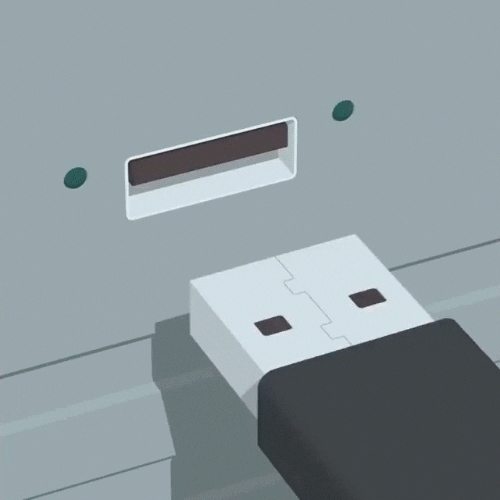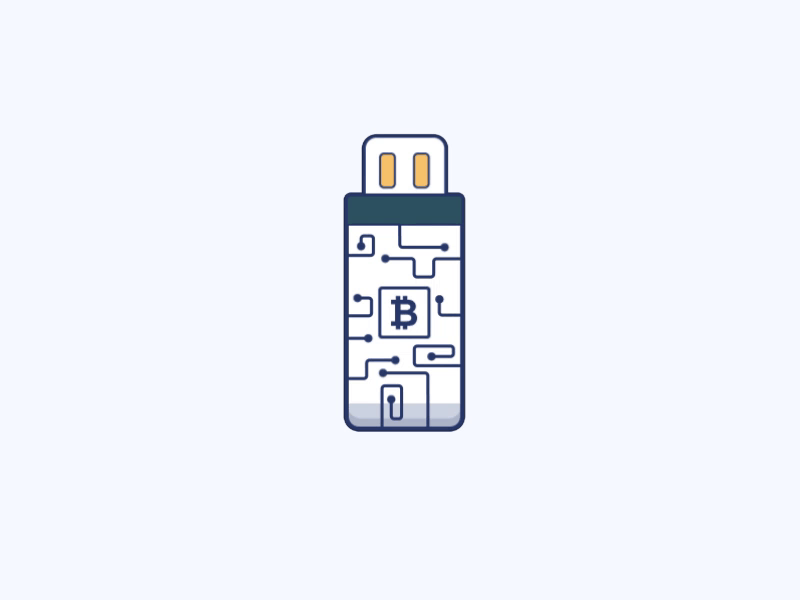















DATA INTERFACE-STORAGE CENTRALIZED FOR STUDENTS


INtRODUCTION

-
Every individual has their own documents and files, may it be something from an office work or just a personal document, it is a way of us to store information. This has been a common practice ever since the previous eras preserving papers that holds specific information by the owner. However, as the time goes by, paper documents and files are being replaced slowly by digital versions of it.
-

-
Through the application of technology, saving and storing has been an ease to people. Instead of finding a file through a dusty box of paper piles that would take minutes or hours, we can easily locate it with just a few seconds. Technology has also made this more portable than ever. Flash Drive is the perfect example of it. Flash Drive in simple description, is a portable digital storage to save digital files and which can be accessed almost everywhere through USB connection.


-
With the portability it provides to the users, comes with its disadvantages. These drives are designed in such a way that it can be brought everywhere with you, thus the small physical size which also means easier to be misplaced.[4] When holding a Flash Drive, you are holding an entire file collection of yours because it is the storage itself you are holding. This means that damaging the Flash Drive itself physically can cause the loss of files. It can also be easily corrupted depending on the computer it has been connected to so is prone to computer viruses which can easily travel on USB connection.[2]



-
Alternatively, people use the cloud storage. Lately, as cloud storage was introduced, it has been an appealing option to the mass because of its very cheap price and added services. Instead of buying and storing files on a local storage drive such as flash drive, people use the free cloud storages like Google Drive, Dropbox, and Cloud Drive. With just a few clicks in signing up, you can get an access to your very own free cloud storage. Once you’ve used up all your storage however, expanding storage is not free. With an average price of two pesos per one gigabyte of data storage, compare it to an eight gigabyte Flash Drive which costs an average of 150 pesos, there is a very big difference.

![haha].gif](https://static.wixstatic.com/media/e6aadc_0714e031b93a401eaaf30799e0c3945c~mv2.gif)




-
The researchers thus came up with an idea to fill the gap between Flash Drive and a Cloud Storage by hosting a very own Cloud Storage that may be accessed not just through the internet but also offline. The researchers thought of the students as the users in this study because of each student’s growing need of a digital storage especially, to aid them with their academics. Combining the idea of Flash Drive which is portability and fast connection and Cloud Storage which is on-demand access of files through the internet, the Data Interface-Storage Centralized for Student or DISCS.
-
This study aims to provide each students of Camarines Sur National High School a personal storage of their own by augmenting the IDs of each student with Near Field Technology (NFC) and creating a mobile and web application for the students to access a personal digital storage of their own.
research problem
1
1.What is the end-user acceptability of the CSIDS application in terms of:
-
Interface
-
Compatibility
-
Functionality
-
Account Security
-
Account Recover
2
2.Does the CSIDS follow proper file confidentiality for the student?
3
3.How efficient is the CSIDS compare to a common Flash Drive for academic purposes in terms of:
-
Cost
-
Usability
-
Ease of Operation
-
Performance
expected outcome
At the end of the study, it is expected that (a)The researchers will be able to successfully employ the discs for the CAMHI Students use. (b) The discs can be a complete substitute to Flash Drive exclusively to CAMHI Students